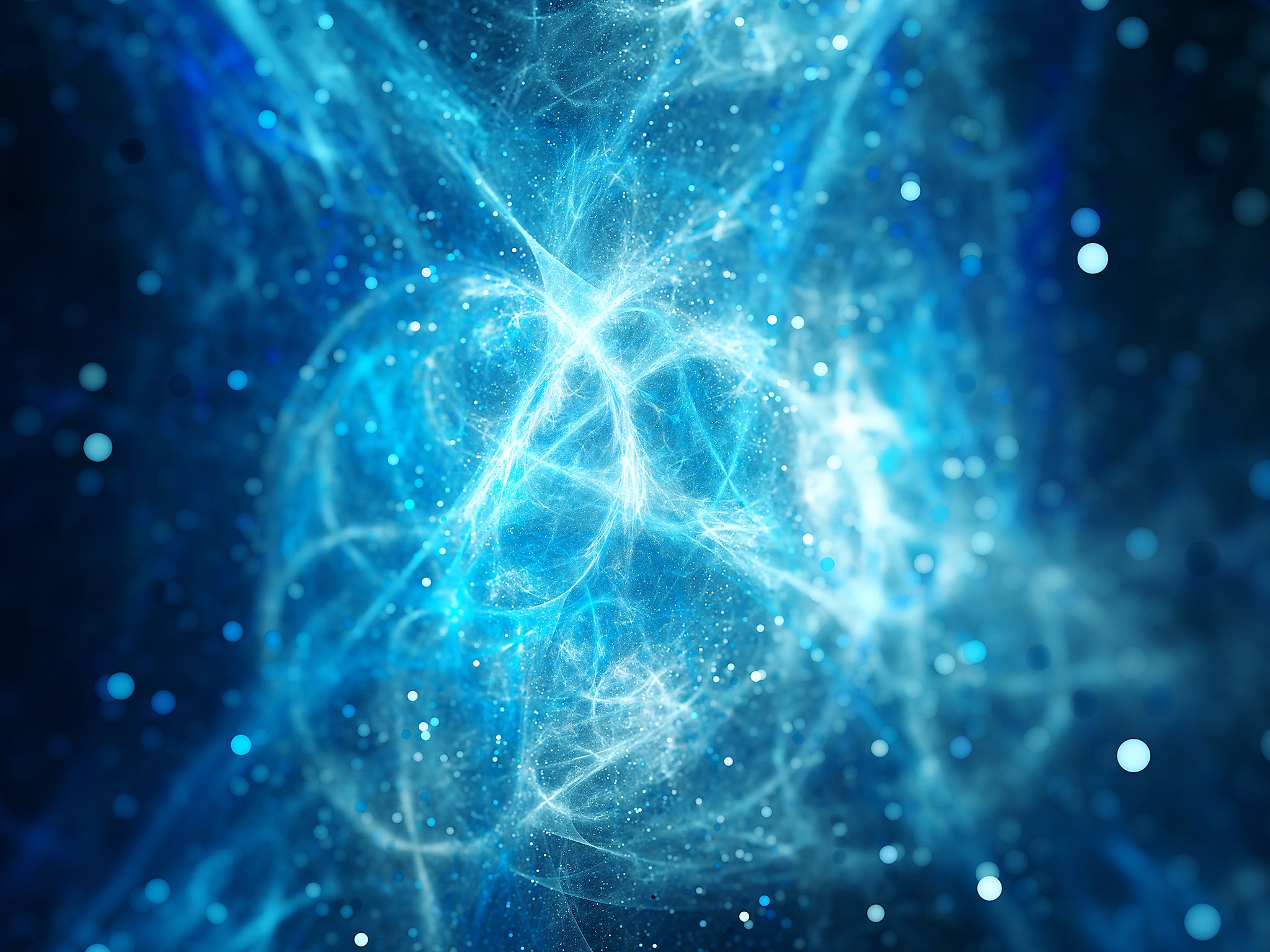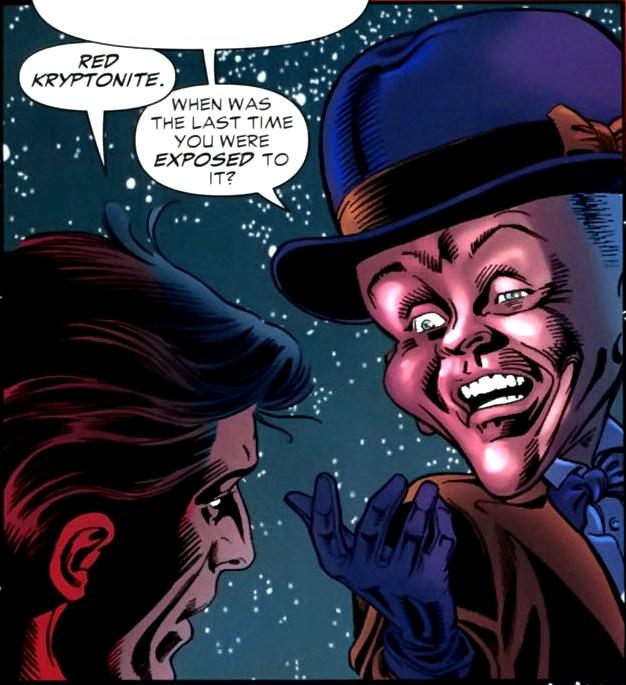

Nielsen, J.T., Guffanti, A., Sarkar, S.: Marginal evidence for cosmic acceleration from Type Ia supernovae. Overview and the cosmological legacy of Planck, arXiv: 1807.06205, submitted to A&A The Planck Collaboration, Akrami, Y., et al.: Planck 2018 results. Hoyle, F., Narlikar, J.V.: Mach’s principle and the creation of matter. Hawking, S.W.: On the Hoyle-Narlikar theory of gravitation. Morris, M.S., Thorne, K.S., Yurtsever, U.: Wormholes, time machines, and the weak energy condition. Mbarek, S., Paranjape, M.B.: Negative mass bubbles in de Sitter spacetime.


116, 1009 (1998)īarcelo, C., Visser, M.: Twilight for the energy conditions? Int. Riess, A.G., et al.: Observational evidence from supernovae for an accelerating universe and a cosmological constant.

Perlmutter, S., et al.: Measurements of Ω and Λ from 42 high-redshift supernovae. Witten, E.: A new proof of the positive energy theorem. Schoen, R., Yau, S.-T.: On the proof of the positive mass conjecture in general relativity. 3, 1 (1972)Ĭohen, A.G., de Rujula, A., Glashow, S.L.: A matter-antimatter universe? Ap. Omnès, R.: The possible role of elementary particle physics in cosmology. Morrison, P.: Approximate nature of physical symmetries. Schiff, L.I.: Gravitational properties of antimatter. Smorra, C., et al.: A parts-per-billion measurement of the antiproton magnetic moment. Indelicato, P., Chardin, G., Grandemange, P., Lunney, D., Manea, V., Badertscher, A., Crivelli, P., Curioni, A., Marchionni, A., Rossi, B., et al.: The Gbar project, or how does antimatter fall? Hyperfine Interact. B 266, 351 (2008)īertsche, W.A.: Prospects for comparison of matter and antimatter gravitation with ALPHA-g. Kellerbauer, A., Amoretti, M., Belov, A., Bonomi, G., Boscolo, I., Brusa, R., Büchner, M., Byakov, V., Cabaret, L., Canali, C., et al.: Proposed antimatter gravity measurement with an antihydrogen beam. Perez, P., Doser, M., Bertsche, W.: Does antimatter fall up? Additional tests of the Dirac-Milne cosmology are briefly reviewed, and we finally note that a crucial test of the Dirac-Milne cosmology will be soon realized at CERN next to the ELENA antiproton decelerator, possibly as early as fall 2018, with the AEgIS, ALPHA-g and Gbar antihydrogen gravity experiments. Noting the similarities with our universe (age, SN1a luminosity distance, nucleosynthesis, CMB angular scale), we focus our attention on structure formation mechanisms, finding strong similarities with our universe. Motivated by the observation of repulsive gravity under the form of Dark Energy, and by the fact that our universe looks very similar to a coasting (neither decelerating nor accelerating) universe, we study the Dirac-Milne cosmology, a symmetric matter-antimatter cosmology where antiparticles have the same gravitational properties as holes in a semiconductor. Following Price, we show that, very surprisingly, the usual expression of the Equivalence Principle is violated by General Relativity when particles of negative mass are supposed to exist, which may provide a fundamental explanation of MOND phenomenology, obviating the need for Dark Matter. We review the main arguments against antigravity, a different acceleration of antimatter relative to matter in a gravitational field, discussing and challenging Morrison’s, Good’s and Schiff’s arguments.


 0 kommentar(er)
0 kommentar(er)
